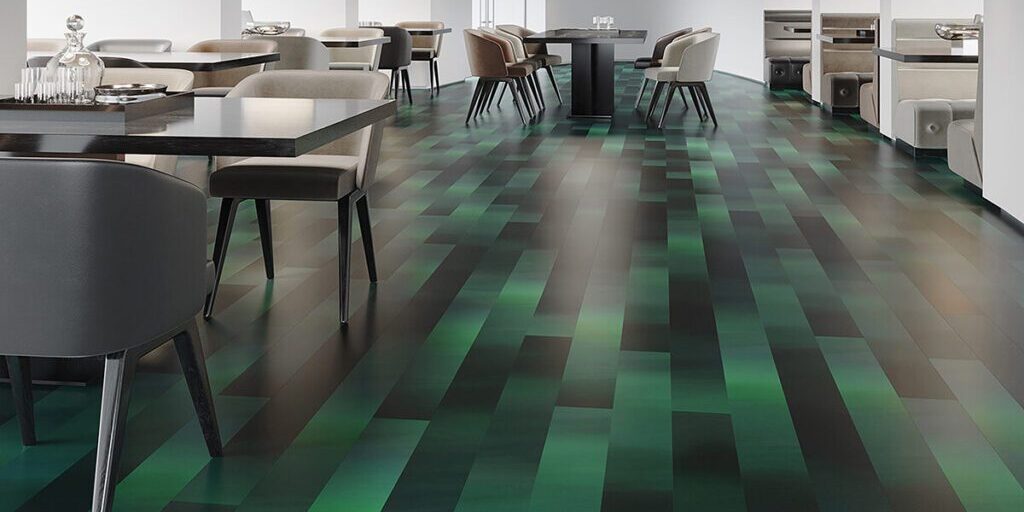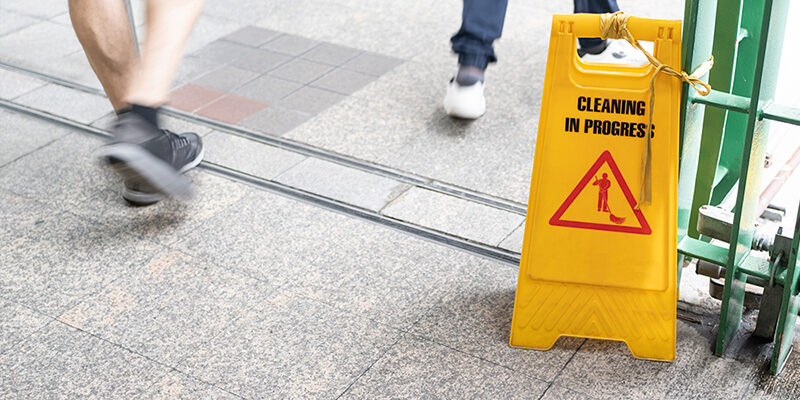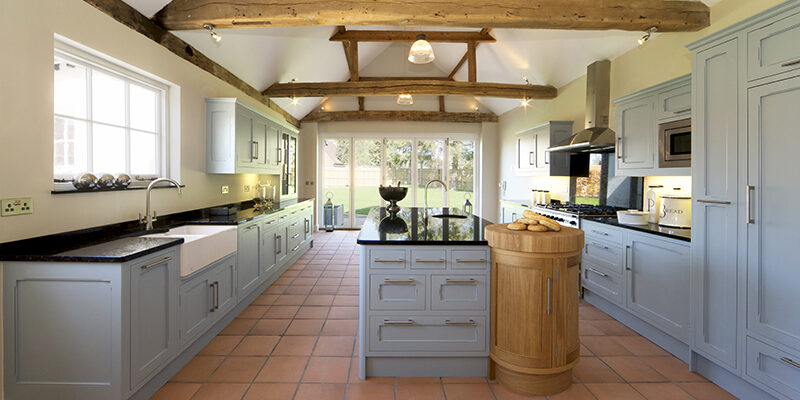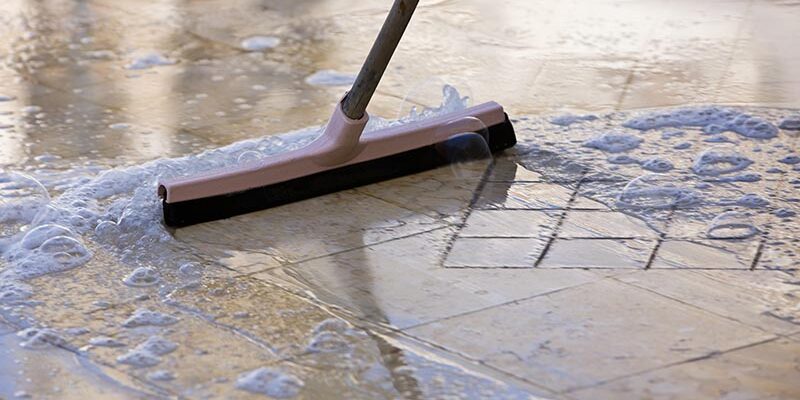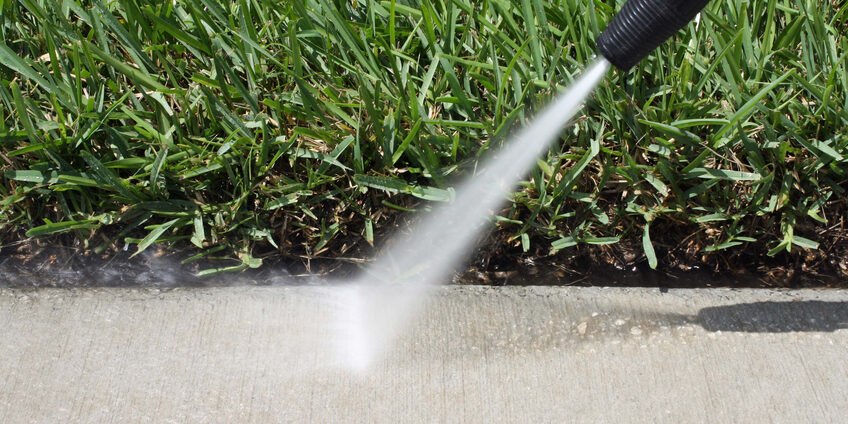LVT’s Kryptonite
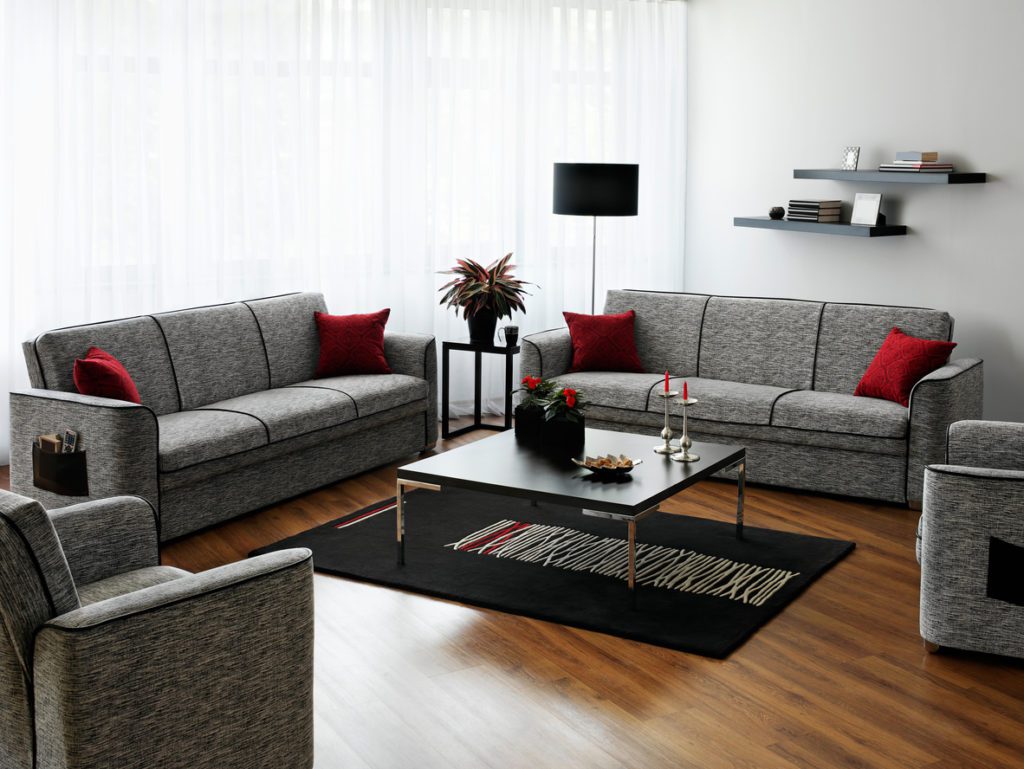
Sunlight. We may like it, and we may bask in it… but it’s not always a good thing, especially for luxury vinyl floors (LVT or LVP).
While luxury vinyl floors can’t be damaged by water, direct sunlight exposure is another issue.
These floors are incredible and are being sold as a waterproof floor. I have inspected several luxury vinyl plank floors that have been installed over the past year or so, and one of the issues I get called in to diagnose is why the end joints are peaking up in specific areas.
It seems there aren’t many reports on issues with them yet. But get ready. You are going to hear about this more often — and soon.
Some luxury vinyl history
Luxury vinyl has been on the market for some time, starting with DuraCeramic and Adura. These glue-down floors had some issues when they first hit the market, but they have been corrected over the years with advancements in technology. The market demand for luxury vinyl has exploded over the last few years, so everyone got into the game.
Many once carpet-only mills now have luxury vinyl in their product offerings. With the push to hit the market with something new, many of these products are not as tried and true as the ones that have been around for a while. Flooring has always been one of those products that is true to the adage, “You get what you pay for.”
Some issues
One of the problems that luxury vinyl has had since its inception is its reaction to heat. Several manufacturers now have disclaimer lines in their installation instructions or warranties that warn against exposure to direct sunlight. While some will give recommendations as to how to prevent issues from occurring, vinyl reacts to temperature changes. It is the nature of the product.
Several manufacturers have realized this and are testing and bringing to market materials that are made more stable in an effort to counteract the effect of heat on the flooring. These manufacturers have added stabilizers to their vinyl product to help it take the temperature changes better. These products are new, and very few of them are available yet.
I have been inspecting laminate floors since the mid-90s, when a product called Pergo hit our shores. The biggest issue with laminate floors is water. Whether it’s water on top or water underneath makes no difference — the core of the laminate will absorb the water and swell. Water is like kryptonite to these types of products.
Not luxury vinyl though; it is impervious to water. Water cannot damage it. There is one thing that I am seeing however, which is like kryptonite to floating, luxury vinyl floors — direct sunlight exposure.
In Images 1 (above) and 2 (below), the floor receives direct sunlight exposure through the windows.
In nearly all the installation guidelines I have read, they specifically state in one way or another: “Do not install in locations exposed to direct sunlight.” In Image 1, direct sunlight is avoidable by simply closing the draperies. In Image 2, it’s not that easy because the floor is installed in a restaurant that receives sunlight exposure all morning long. It is possible to install some type of sunscreen, except the ambiance of the scenery outside is lost.
In Images 3 (above) and 4 (below) on this page, the floor is installed in a renovated warehouse.
The sun comes through windows located 30 or more feet above the floor. There is no simple method to prevent direct sunlight exposure in this building.
In Image 5 (above) and Images 6 and 7 (below), this floor is in a new home that overlooks some awesome scenery; I doubt the homeowners are going to install any draperies or window coverings.
The windows and doors are energy efficient, double-paned, and gas-filled, but they do nothing to stop the heat of the sunlight passing through based on the readings I got on an infrared thermometer.

Image 8
This meter reading was taken from the flooring just inches away from direct sunlight on the floor.
The temperature of the floor in the areas just inches away from the direct sunlight is 66 degrees Fahrenheit (Image 8, above). But in the areas receiving direct sunlight, the temperature of the floor is up to 84 degrees Fahrenheit (Image 9) — an 18-degree Fahrenheit difference. And the outdoor temperature this day was rather moderate. You can see the readings on the next page.
What’s next?
These floating, luxury vinyl, plank floors — although waterproof — meet their kryptonite with direct sunlight exposure.
Specifiers and designers need to be more aware of this, although I am certain it is only a matter of time before manufacturers figure out a solution to stabilize these products so they are not affected by direct sunlight.
I see a trend and am wondering if it is occurring in just northeast Ohio, where I work, or if this is happening in other parts of the country as well.
Consumers want to see the sun — not block it out, especially in northeast Ohio, so I am seeing a trend of fewer and fewer window treatments in different parts of homes. Here we have about 300 days a year where there is some sort of cloud cover. So, when the sun is shining, we want to relish as much of it as we can.
There may be options with films that can be added to windows to diffuse the heat of the sun coming through, and there are windows that will block the sun’s heat. However, architects and designers need to be aware of the limitations of the product being installed and the desires of the customer.
There could be more issues that come up with this type of flooring. Be prepared for them, and also be ready with explanations.
Mark Violand has been in the cleaning and restoration industry for almost 40 years. He is an IICRC-certified carpet inspector and approved instructor. His reputation precedes him as Northeast Ohio’s “go-to” floorcovering inspector, working for carpet, resilient, wood, and laminate manufacturers and floorcovering retailers. He teaches IICRC Carpet Cleaning Technician, Commercial Carpet Cleaning and Maintenance, and Carpet Repair and Reinstallation Technician courses. Contact him at [email protected].











